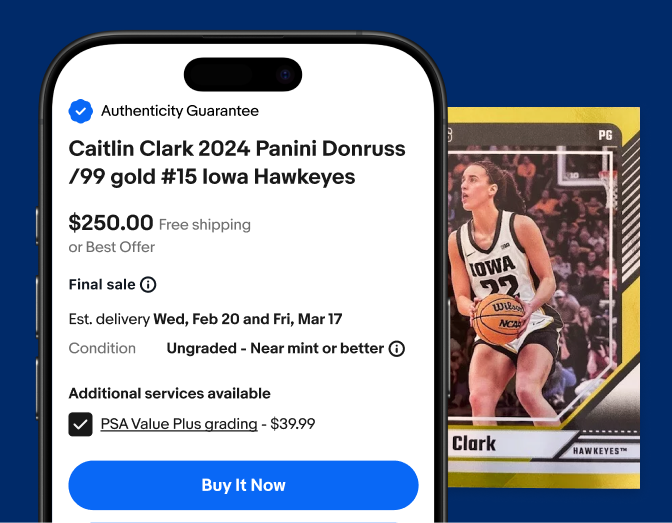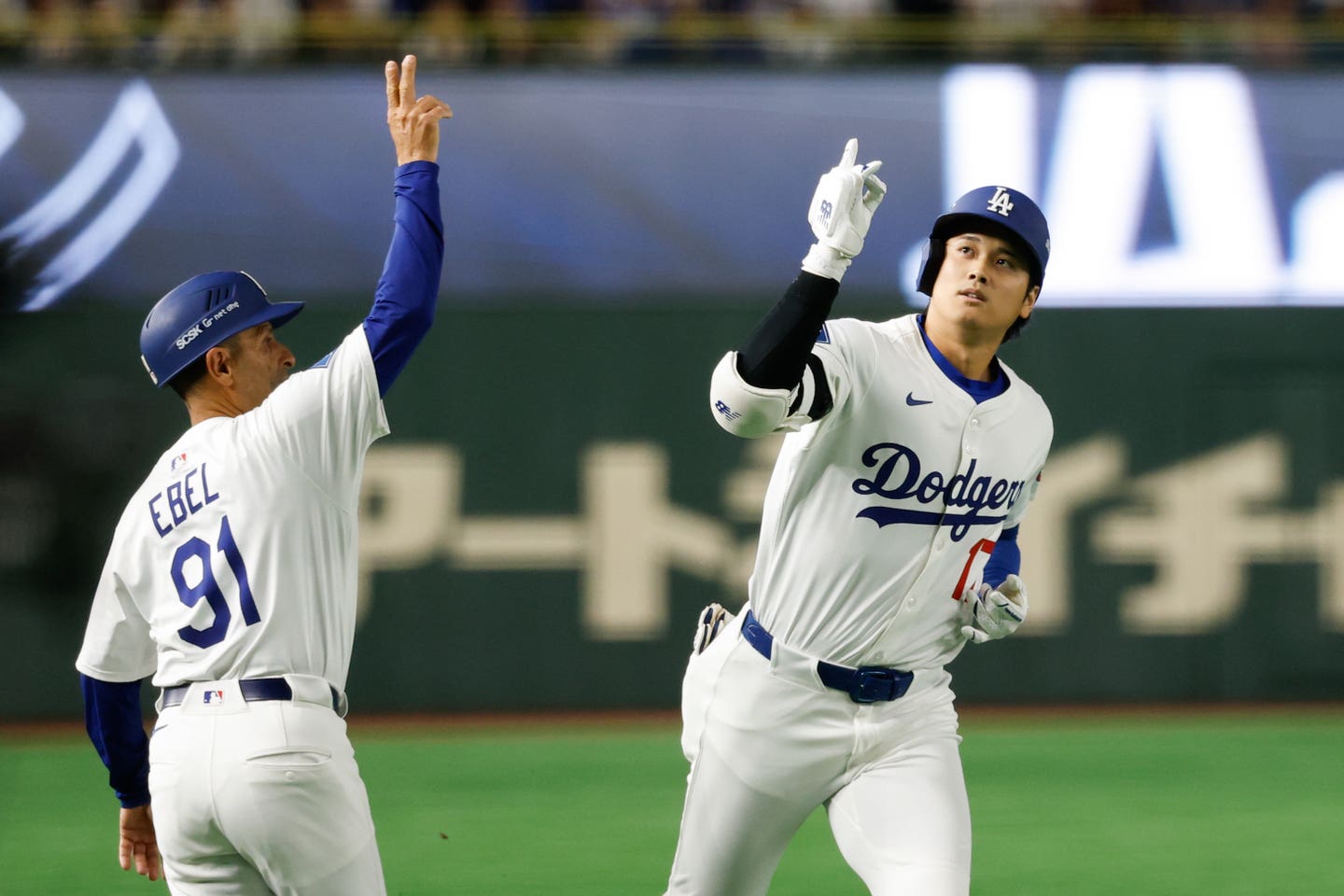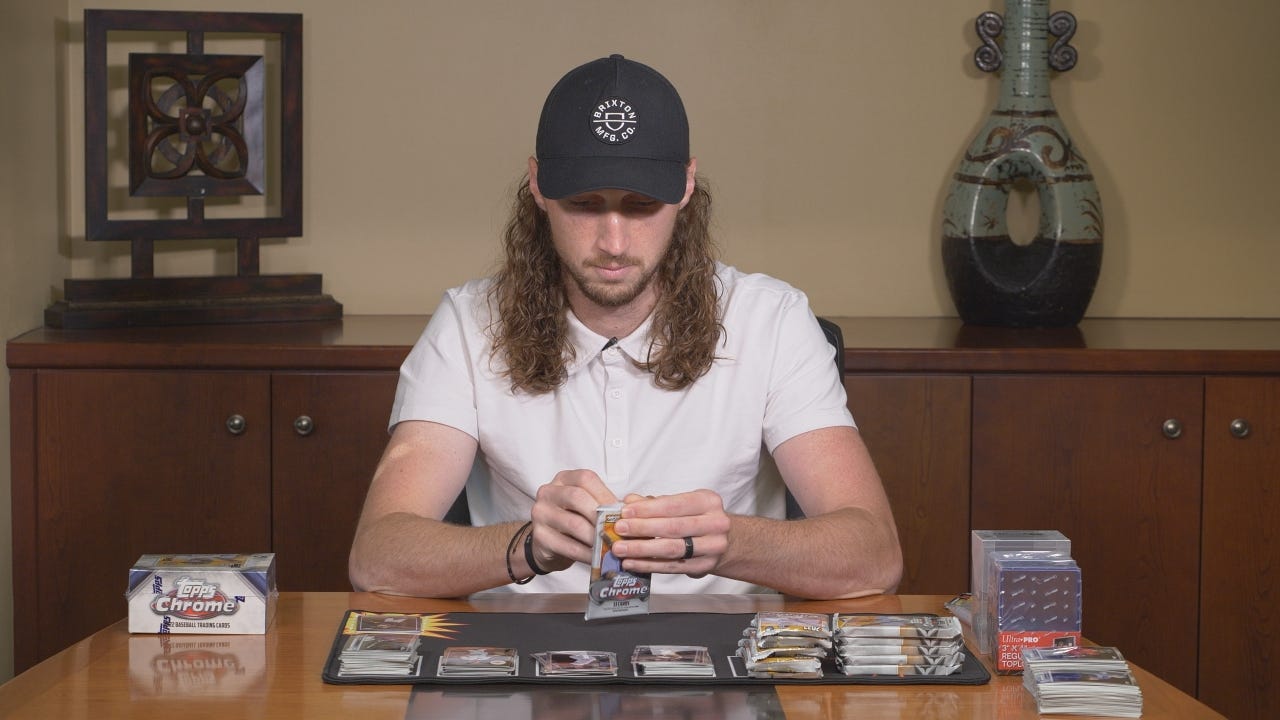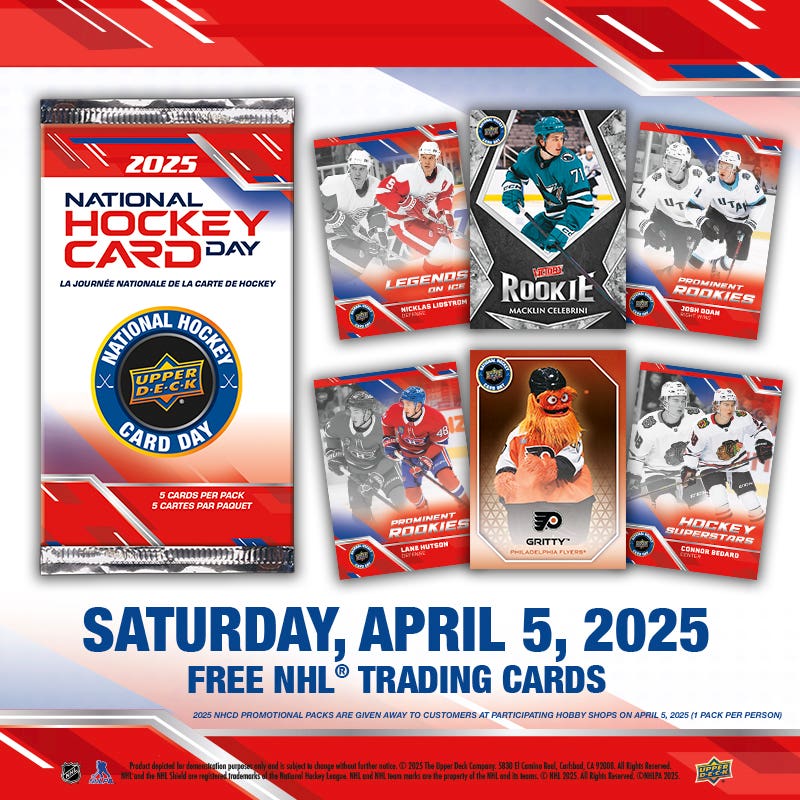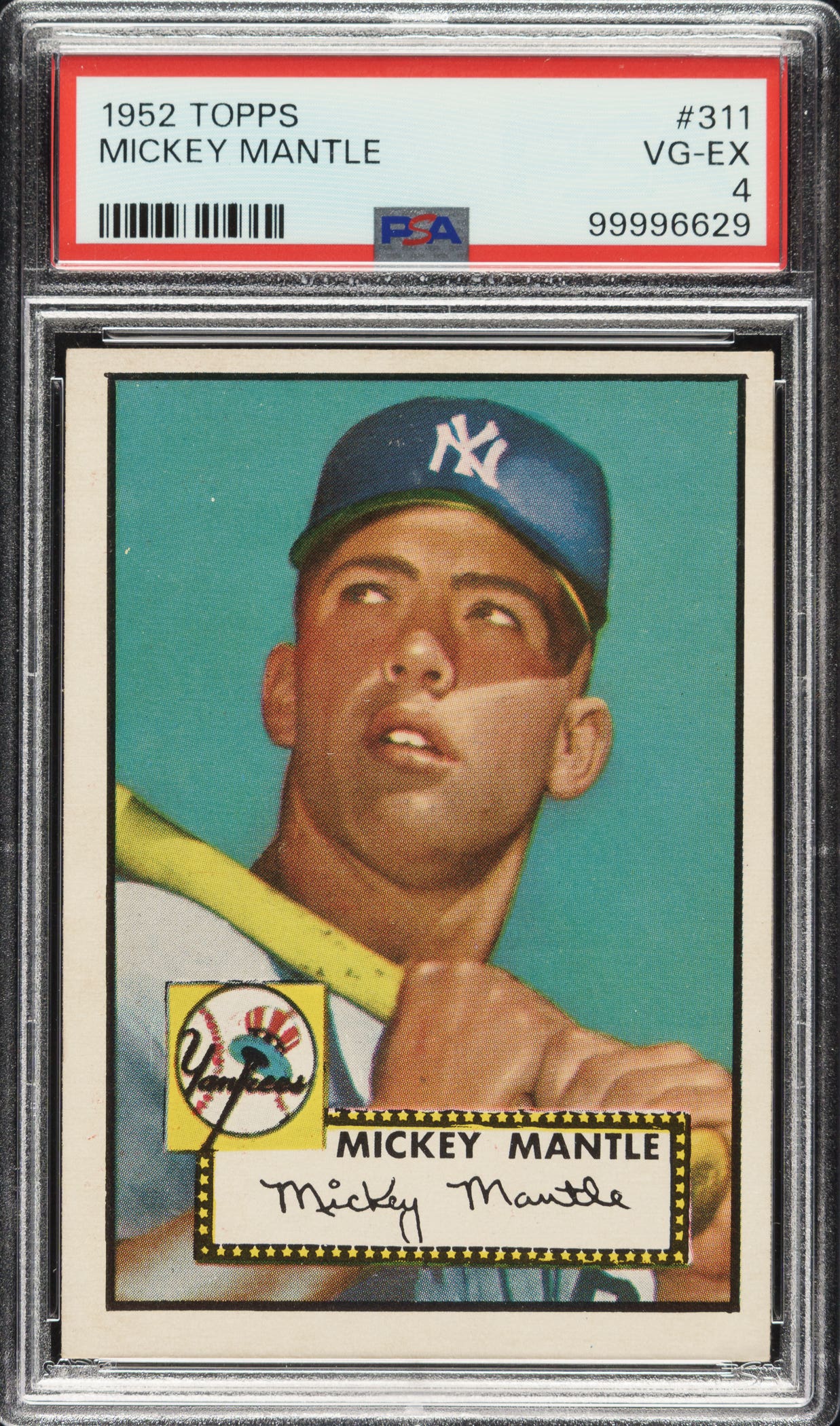
News
The Hall of Fame Factor
By Doug Koztoski
Whether it happens as soon as possible after an athlete stops playing or many years later, making the Hall of Fame in any sport is a tremendous accomplishment. But does earning a spot in Cooperstown or Canton or any comparable shrine translate into higher values for the athlete’s cards and other items? Well, maybe.
“Being elected to the Hall of Fame has some effect on the value of a player’s cards, but it’s not as pronounced as you might expect,” said Mike Breeden, autograph price guide editor for Tuff Stuff’s Sports Collectors Monthly. He cited the case of slugger Andre Dawson, who enters the Baseball Hall of Fame this summer.
“You’re talking about a borderline Hall of Famer at best,” he said, “and for the most part the value of the borderline star players’ cards doesn’t change very much when they’re elected, mainly because no election by the Baseball Writers Association of America (BBWAA) comes as a surprise.” Even bigger star players seem to also wade through “Dawson’s Creek.”
“Nolan Ryan’s card did not go up much if any when he was elected, and the same goes for Cal Ripken, Mike Schmidt, Reggie Jackson, Dave Winfield, Eddie Murray and others,” said Steve Gold, longtime owner of the AU Sports Memorabilia store in Skokie, Ill.
Gold noted that two of this year’s NFL Hall electees, Emmitt Smith and Jerry Rice, both blue-chip selections who both debuted in the mid-1980s, did not experience a real change in interest or value within the hobby once the Canton announcement took place.
“There might be a temporary spike in a rookie card price regionally for some players once they get elected,” said Gold, “but usually not nationally.”
No huge surprises on the ballot are one factor; huge production numbers are another.
“The cards of most players elected these days were mass-produced, so they are not only easy to find but easy to find in top condition,” said Gold.
“And those mass-produced cards never really had any (relative) value and it’s likely that they never will,” added Breeden.
A Closer Inspection
“Look at Dawson’s rookie,” said Gold, “there are still a lot of them out there.” The PSA Population Report on that 1977 Topps card, where “The Hawk” shared it with three other players, lists around 1,800 graded samples. Its “Pop” numbers on the high end shake out as follows: PSA 7 (348), PSA 8 (814), PSA 9 (167) and PSA 10 (13). Dawson’s debut pasteboard lists at $20 in Near-Mint “raw” condition and in PSA 8 it commonly sells for about $40-$45 on eBay.
“The last player with a big surge of popularity on his rookie card that I remember was Hoyt Wilhelm (Class of 1985),” said Gold, of the knuckleball-throwing reliever. “Some people didn’t expect him to make the Hall of Fame.”
Of course, it did not hurt that Wilhelm’s rookie stemmed from hobby royalty, not only from the wildly popular 1952 Topps issue, the company’s “rookie” set of a regular baseball offering, but the pitcher’s card is one of the relatively rare high numbers (No. 392), as well.
Wilhelm’s first card has about 350 samples graded by PSA and its higher-end census numbers are as elusive as a good knuckleball: PSA 7 (60), PSA 8 (42), PSA 9 (6) and one PSA 10. Those top-end levels are microscopic compared to Dawson’s and many others who debuted in the 1960s and newer, too. Wilhelm’s rookie in PSA 8 lists for $2,500.
Breeden noted that Robbie Alomar is “a virtual certainty” on getting elected to Cooperstown on next year’s ballot. And he also put Bert Blyleven in that select group. “But they’re (BBWAA) not going to surprise us by tripling the previous year’s vote totals and electing a (Don) Mattingly or (Dale) Murphy,” he said.
But Breeden added that the voting results sometimes take a tricky hop or two. “I think the most pronounced effect comes when the Veterans Committee elects someone whose name hasn’t been kicked around very much, like Joe Gordon in 2008,” he said. “You do get some surprises in the VC process, and that can translate to higher card values for a player’s earlier cards.”
Multi-Faceted
Approach
It was not a jaw-dropping stretch when the NFL announced that former Cowboys offensive star Bob Hayes made it to Canton in 2009, decades after “Bullet” retired. But hobbyist Steve Flowers, who collects Hayes cards in higher PSA grades, sees other factors, at times, that come into play once an athlete gets his “Hall pass.”
“I believe the popularity of the player and/or their team affects card prices as much as Hall of Fame selection. Hayes is a perfect example,” he said. The wide receiver made the transition from track star in college to NFL star and was a popular player mainly with the Dallas Cowboys, which has a tremendous fan base. And Flowers added that once an athlete reaches any Hall that there is increased attention paid to “short-prints or cards difficult to find in high grades (PSA 8-10).”
Speaking of popular players of a more recent nature, Cal Ripken Jr. is in the group at the top of that list. Kevin O’Connor, who owns one of the highest ranked PSA Set Registry Ripken collections said “The Iron Man” continues to hold his starting spot in the card lineup.
“PSA-graded Ripken cards are selling for more now than when he got in the Hall of Fame simply due to new people in the PSA Registry with seemingly endless bank accounts,” said O’Connor. “These people weren’t there a year ago and weren’t there when he retired or was elected to the Hall of Fame. Demand severely outweighs supply right now and the prices reflect that.”
Jeff Brownell, another high-ranking PSA Set Registry Ripken collector, said the hobby’s well-being also plays a role in a card’s value. “I think that the card prices for the modern player are determined more by the overall health in the hobby itself,” said Brownell. “The value of Ripken’s cards were determined long before he made the Hall of Fame. Fans and collectors saw Ripken as a Hall of Famer in the early ’90s. The interest in card collecting since that time has had more of an impact in the realized price of his cards than anything else.”
Going Forward
Jeff Brownell said that a player like Craig Biggio, who retired in 2007 after a long career with the Astros, is a possible diamond in the rough from a card standpoint. “I’d say that during his career, most fans never saw Biggio as a Hall of Famer. But if you look at his career numbers (3,000-Hit Club, 291 homers, more than 400 stolen bases), he seems like a sure thing at this point,” he said. “When (if?) Biggio is elected to the Hall of Fame, I think that announcement will have a bigger impact on his cards than it did for someone like Ripken,” said the enthusiast.
“In the end, though, for card collectors of modern day players, the most important thing is to collect players you like or have a connection, such as ballplayer for your favorite team,” said Brownell.
“Early speculation today on good young players drives prices to higher levels than they can maintain in an overwhelming majority of the time,” he said. “And even if you do latch on to a high-quality player early on, you still have to be concerned about scandals involving that player down the road. Barry Bonds and Roger Clemens cards certainly took hits the last few years.”
While on occasion a player’s card value will stay at a new level once he makes the Hall of Fame, autographs from that athlete often permanently take a healthy price hike when he enters such an elite fraternity.
“I know many fans that collect strictly Hall of Famers,” said Tom Talbot of Autographchaser.com, “and as soon as the new class is announced, all the Hall of Fame collectors rush to add the athlete’s signature or rookie card to their collection.”
Talbot noted the Hall of Fame announcement leads to many collectors wanting to add a new inductee’s signatures to their group items, “whether it is a signed ball from each Hall of Famer or a group signed bat.”
Gold said, however, there are limits he has witnessed to where there is a negative effect, at times, with a new or fairly “new” Hall of Famer. “With autographs, people are starting to say ‘that’s ridiculous’ to players who now charge upward of $50 to add a “HOF” designation to their signature,” said the store owner.
So the key to the Hall of Fame signature hunt might be to try and get the autograph, if possible, before the athlete gets his plaque at the sports shrine.
“Goose Gossage comes to mind as a marquee player, from the Yankees no less, that signed his autograph through the mail free of charge for years and years,” said Talbot. “As soon as he was elected to the Hall of Fame, he began to charge.”
The autograph expert noted it was uncertain whether Gossage started charging a fee due to a huge spike in fan mail, and/or possibly using his induction as a justification for charging. “We don’t know,” said Talbot, “but there aren’t many Hall of Famers that sign for free anymore. To their credit, many of these guys sign their fan mail in return for a check to their charity.”




